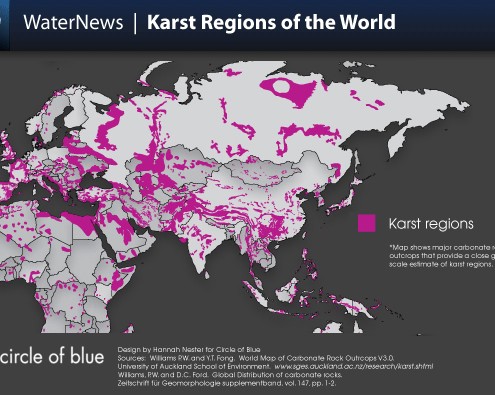
China’s Karst Region: Infographics
1 Comment
/
As they span significant areas of Asia, Europe and the Americas, karst landscapes cover some 15 percent of the Earth’s land mass. Scientists estimate that these areas of porous bedrock are home to as many as 1.5 billion people, a quarter of the global population.
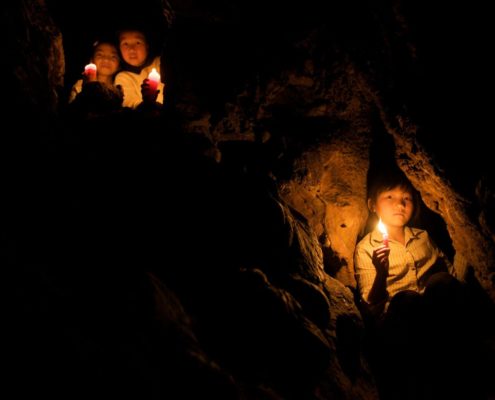
The Orphans of Yuang Shi Dong: China Cave Reflects Spiritual, Scientific Worlds
Zhou Mungqiu, who is 11 years old and whose name means “dream of spring,” pointed up to the top of Yuan Shi Dong, the “Fate Lion Cave,” where a fragile sliver of light descended from a small hole. Beside her, Shi Shanhong, whose name means kindness, also looked up and giggled.
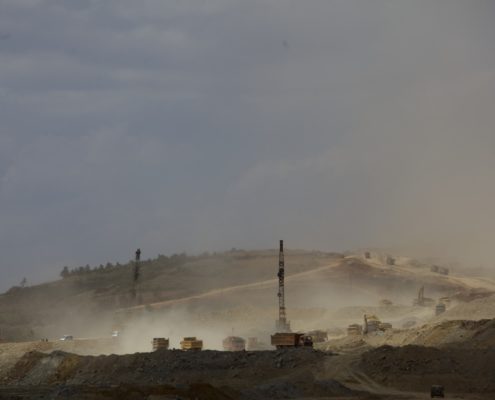
Tracing Kunming, China’s Freshwater Hazards
KUNMING — The ground quakes with a blast as the limestone fragments are blown from their roots, like giant white teeth shattered and unmoored. Nearby, a worker prepares his drill to place another stick of dynamite deep within the rock. He stops for a moment, places his foot high on the rubble and surveys the vast construction landscape that will soon become China's fourth largest airport.
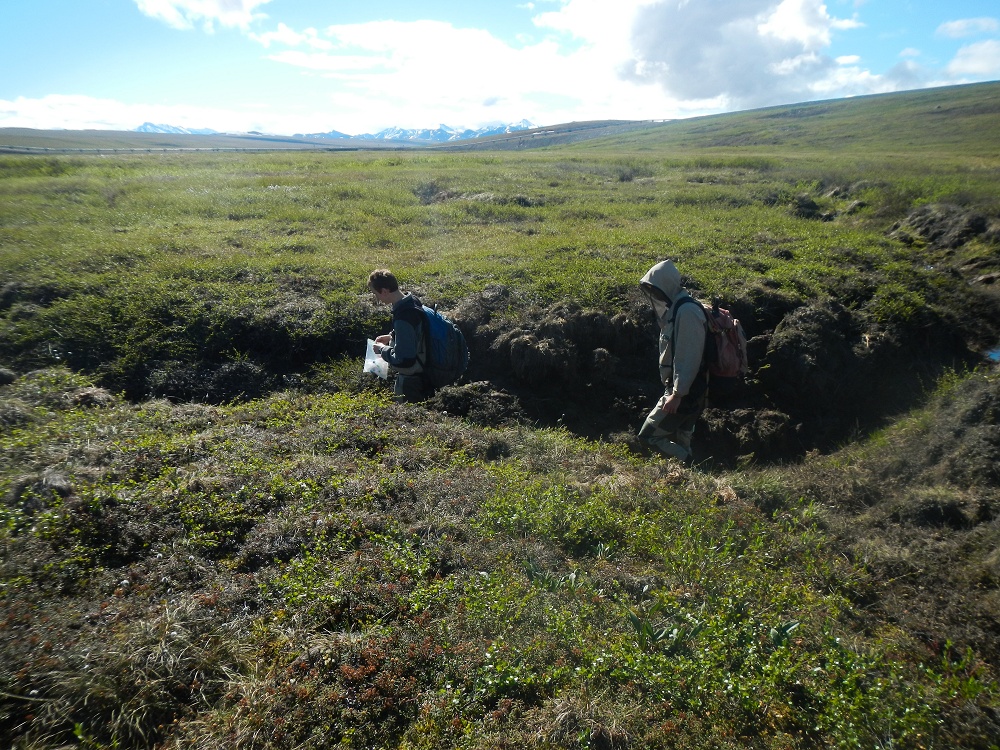
China Karst Credits
Acknowledgments
Woodrow Wilson International Center for Scholars
China…
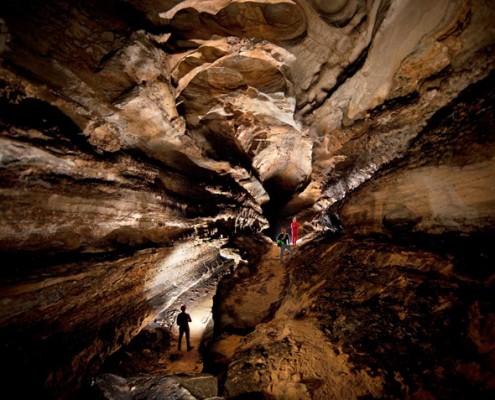
Karst Landscapes in China, Across the Continents
Although caves and karst landscapes often serve as a destination for fourth grade field trips, they certainly have direct relevance to the 1.5 billion people who live in karst regions -- many of whom rely on karst aquifers for drinking water.
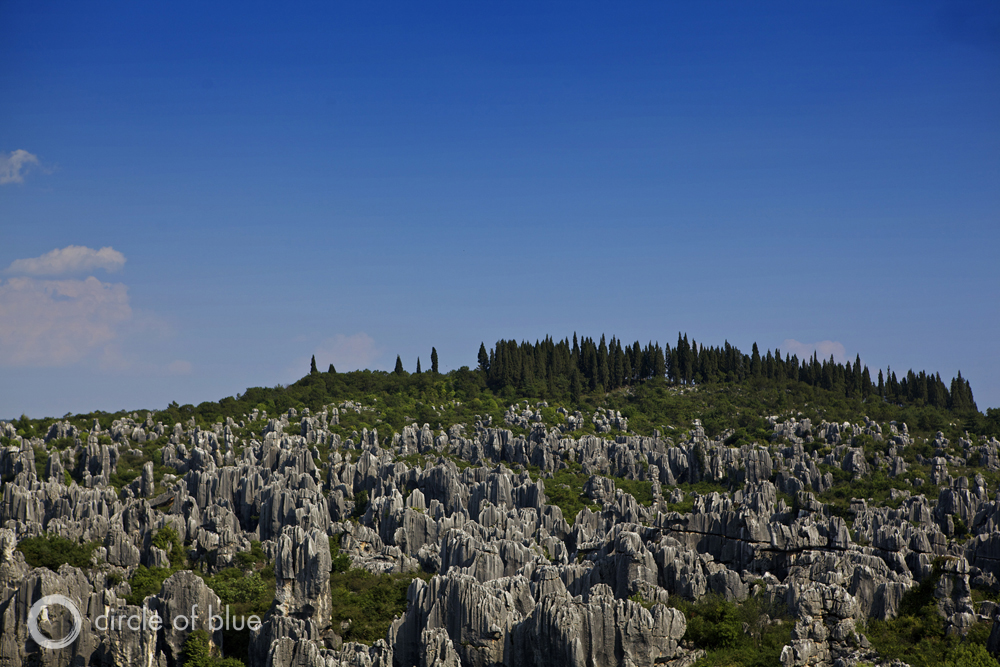
‘Romeo and Juliet’ of China Captured in Karst
Among all the scenic spots in Shilin, the rock of Ashima in the Small Stone Forest is the most famous. This rock resembles a girl, with a kerchief on her head and a bamboo basket on her back. The shape and expression are surprisingly lifelike. Tourists dress up in traditional Sani -- a branch of the Yi ethnic group -- dresses to strike the same pose next to the stone girl.
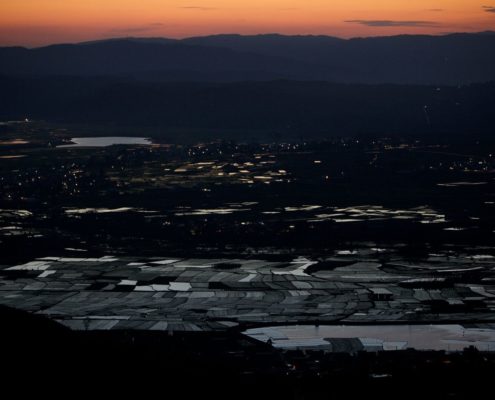
Connecting Caves, Karst Landscapes and Climate Around the World
Scientists who study caves and karst landscapes are like all researchers. They look for data that addresses the broadest and most significant questions possible.
It turns out that caves do a good job of providing significant answers. Those that contain animal fossils and records of ancient humans, for example, have been shown to have great value for understanding climate change and past environmental conditions.
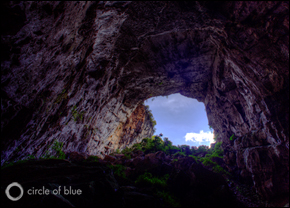
Hidden Waters, Dragons in the Deep: The Freshwater Crisis in China’s Karst Regions
Yunnan Province is a microcosm of China's freshwater challenges.
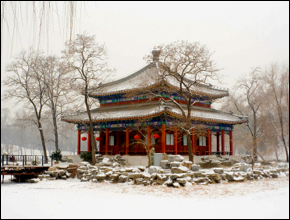
Peter Gleick: Water, Climate Change, and International Security
It would be nice if water resources fell neatly into national political boundaries. It would be nice if countries that shared water resources cooperated more. It would be nice if climate change wasn't a growing threat to the stocks and flows of water around the world.

China’s Water: Circle of Blue, Wilson Center Panel & Exhibit Jan. 20
Join Circle of Blue, the China Environment Forum and Western Kentucky University for Hidden Waters, Dragons in the Deep, a special discussion and photography exhibit opening at the Woodrow Wilson International Center for Scholars on January 20 in Washington. Following the footsteps of centuries of scholarship within China, scientists around the world are studying China's complex karst landscape, working to empower local populations to gain access to water that flows in giant rivers unseen beneath the ground. Presented with support from USAID. RSVP here.
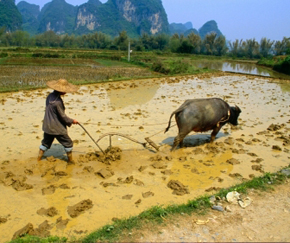
China’s Poor Farmers Hit Hardest by Climate Change
Farmers on the edge of poverty in China’s rural provinces face a bleak future in the wake of warmer temperatures, more frequent droughts and infrequent rainfall. The changing climate is forcing many harvesters into poverty or keeping them from climbing out.

Climate Change Threatens China’s Crops, State Forecaster
China’s chief meteorologist recommends adjusting to global warming over fighting it.


